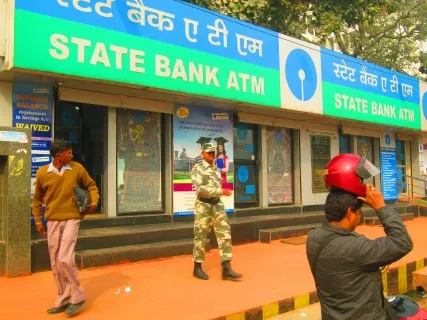
Indian banks' asset quality expected to recover from its previous trough
Indicators suggest a bottoming of the credit cycle.
According to Moody's Investors Service, problem loan (NPLs + restructured loans) ratios are close to their peak because most exposures to weak corporates have been recognized.
"At the end of March 2017, problem loan ratios at more than half of rated banks were stable from a year earlier. A slowing of net new NPL formation (adjusted for upgrades and recoveries) in the last fiscal year is another indication that asset quality will recover from the trough of the credit cycle."
Here's more from Moody's:
However, any significant improvement in asset quality will occur only toward the end of this outlook period. Overall levels of corporate leverage mask the effect of a few extremely weak corporates with debt-to-equity ratios exceeding 4.0x. These weaker corporates are disproportionately represented in banks’ problem assets. Particularly, key stressed sectors such as power have not shown meaningful improvements.
There has been a strong regulatory push toward the resolution of large corporate NPLs. The RBI is pushing banks to increase provisioning, which in turn will enable them to take charges required for the disposal of problem assets in the market. While banks will have to absorb higher credit costs, the regulatory actions are credit positive as they may lead to NPL resolutions.
Our leading indicators for bank asset quality are in line with our assessment of stable asset quality. However, while NPL formation has peaked, the leading indicators do not point to a significant improvement in asset performance in the coming 12-18 months. As seen from the growth rates in the infrastructure and industrial production indices are exhibiting tepid growth, a reflection of the poor levels of capital investment in the economy. This should prevent any sharp improvement in asset quality.
On the other hand, growing NPLs in the agriculture and MSME segments pose key risks to our asset quality outlook. A spate of agricultural loan waivers announced by a few state governments has led to an increase in these NPLs.
NPLs tend to increase when there is an anticipation of a farm loan waiver announcement because loan defaulters typically benefit from these schemes. Risks to Indian banks' asset quality will increase if more state governments implement loan waivers.
















 Advertise
Advertise






